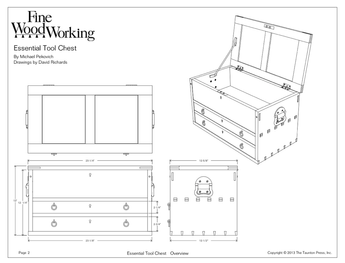I recently used black shoe dye to ebonize some maple strips. I just applied the dye directly from the bottle onto the wood. This was very easy and worked, but the dye didn’t seem to penetrate very far into the wood. When installing the strips as inlay, I needed to do a little trimming and, of course the white wood started showing through.
What should I have done differently?
Does heating the wood or the dye help?
Does shoe dye have the wrong chemistry or improper properties to dye wood?
?????
Thanks for your input.
Dave













Replies
According to Bruce Hoadley's book Understanding Wood, nothing penetrates very far into maple. The examples he cited were polyethylene glycol, used for stabilizing green wood, and dyes. That property makes maple ideal for chopping blocks and cutting boards, but a PITA for dyed inlays.
Heat might help. It would be easy enough to test. (If the dye has a flammable solvent in it, don't blow yourself up.) Maybe just longer soaking time at room temperature would get the job done.
If those ideas don't work and you can't find, or afford, a black wood for your inlays, you may have to fit the inlay, then dye it, then glue it in.
Could also use india ink. The particles in it are to dyes what dye particles are to stain. Would think that would lead to better penetration. Think relative: sand, brick, building, for size comparison.
" We knew the world would not be the same. A few people laughed, a few people cried. Most people were silent. I remembered the line from the Hindu scripture, the Bhagavad Gita . . . "I am become Death, the destroyer of worlds." I suppose we all thought that, one way or another." - J. Robert Oppenheimer
This forum post is now archived. Commenting has been disabled